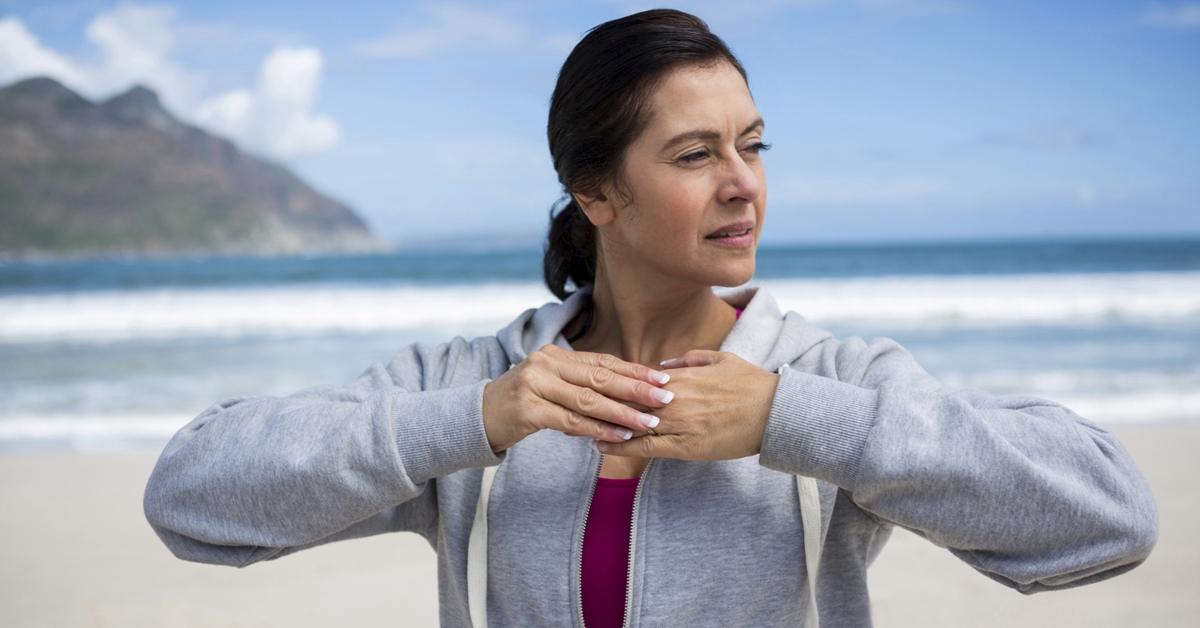Being able to squat lots of weight is very impressive but it is unlikely to happen in an everyday situation, unless you are a professional lifter.
Functional fitness is designed to provide a variety of functional movements that can be used for everyday tasks.
It is a simple concept that does not require much explanation.
Keep reading to find out all you should know about the various types of exercise that are available to you.
Counting a few ff (functional fitness) moves that will help make your routine more challenging.
Functional Fitness in our daily life
Functional fitness is a type of fitness that is more practical in everyday life.
This type of fitness often focuses on movements used in our daily lives and involves exercises in standing, sitting, bending and twisting.
There are many things to consider when it comes to health and fitness. Some even need a little extra care than others.
For example, avid runners often neglect other parts of the body like their hips or shoulders, which can lead to injury in the long run.
One way to avoid this is by thinking about it: even gym buffs may not think about posture and adjust accordingly and end up tweaking their backs in the process.
Lifting groceries and lowering the couch are both ways to work out, but if done correctly, they are not as bad as we might think.
If you use your torso to lower heavy items, you will strengthen your back and arm muscles.
The lower the couch, the better it is for working out because it forces us to engage our core muscles.
Many exercises that we do outside of the gym can lead to injury when our form is not perfect.
Functional fitness enables us to learn how to use our body weight in the most efficient way possible and get maximum results.
The many benefits of functional fitness:
Functional fitness is critical considering it not only strengthens the patterns of movement that we use every day.
It also strengthens our body by reinforcing patterns of stability, which will help protect us from injury during our daily activities.
For example, when you strengthen your core muscles and you have strong pelvic floor muscles, they will work to stabilize your spine and pelvis during bending and lifting activities such as picking up a dog or a grocery bag.
Functional fitness requires a holistic approach that includes not only increasing strength, but also developing and maintaining flexibility.
Muscle memory is also vital for creating daily life skills that can be transferred to the gym.
With increased mobility, muscle and joint pain can be reduced and improved quality of life can be attained.
This form of fitness is great for people who want a workout that will improve their function in both their day-to-day life and in their workouts.
And what's more, anyone can use it, and no equipment is needed!
Simple and effective functional exercises:
Functional fitness is any physical movement that has a determined form and relies on correct muscle activation.
Hip hinging and mid-back stability are two of the functions that may be required for a given movement.
Here are some other exercises we consider the best for your functional fitness journey:
- Bicep exercises (such as curls)
- Leg extensions
- Sit ups
- Glute bridges
- Plank variations (like a forearm plank)
- Lunges
If you are able to find a way to make your heart rate stay up, it will be a tremendous benefit for your cardiovascular system.
Research has shown that not only will you feel more energized and positive but the quality of your life will also improve.
The simplest movements that can make or break a workout are done consciously and consistently.
When it's not the case, we blame our workout for an injury and don't look at the other factors that might be at play in causing it.
The truth is that these small movements are very important and if done correctly they can have a huge impact on your strength, flexibility, stability and overall health.

Leave A Comment